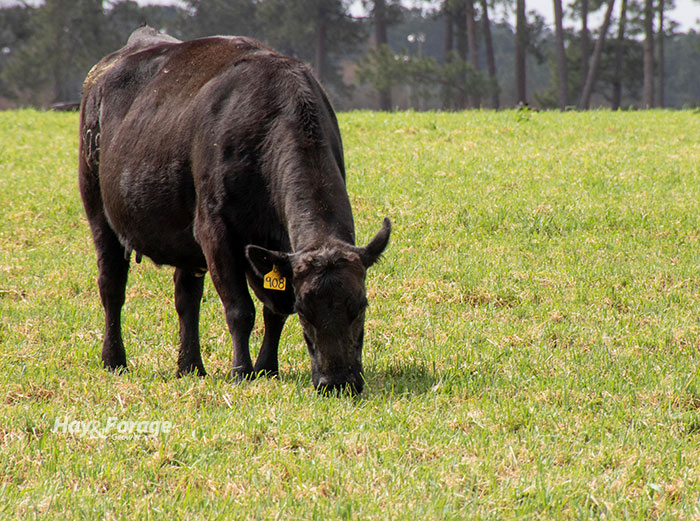
The foundations of plant growth should always be top of mind when striving to get the most livestock production out of your pastures. These foundations include water and sunlight.
Plants combine solar energy, carbon dioxide (CO2) from the air, and water to produce carbohydrates. Through photosynthesis in green plant tissues, the carbohydrates are used as a source of energy to carry out basic metabolic processes.
Larry Redmon, a professor and extension forage specialist with Texas A&M University, notes that plants can create their own food using the simple ingredients of sunlight, water, and CO2.
Redmon emphasizes the importance of maintaining green leaf tissue to optimize the plant’s photosynthetic capabilities.
“As managers, there is little that can be done regarding CO2; fortunately, there is an adequate amount in the atmosphere,” Redmon writes in a recent Texas A&M AgriLife Extension Forage Fax. “However, we can have an impact on water, sunlight, and the amount of green leaf tissue involved in the photosynthesis process.”
The forage specialist notes that some people might think we have little control over the amount of sunlight plants receive; however, he asserts that farmers and ranchers have a substantial influence on the amount of sunlight reaching plant leaves.
“If we do not control weeds or if we do not appropriately manage winter pasture as warm-season grasses are breaking dormancy, a canopy develops and intercepts or uses most of the sunlight, leaving little for the desirable forage plants below,” Redmon explains. “Since sunlight is a crucial component of photosynthesis, the forage below the canopy suffers.”
Redmon writes that when nighttime temperatures consistently reach 60°F, warm-season grasses begin active growth. Cool-season annuals should be removed prior to this time.
Low sunlight intensity impacts not only photosynthesis but also root growth. This negates plant vigor and forage production declines. He cites research that indicates up to 50% of the forage leaf may be removed without deleterious effects on the root system. When over 50% of the leaf is removed, root growth and development is reduced significantly.
Redmon emphasizes that good root growth and development is always important, but critically so during a drought.
What about water?
Although rainfall can’t be controlled for nonirrigated pastures, Redmon asserts farmers and ranchers can control how much of the precipitation remains on their property.
“When pastures are routinely grazed short, overland flow of runoff during precipitation events is increased, and more water runs off the pasture rather than infiltrating into the soil,” Redmon says. “Consider making your property like a sponge to capture and keep as much moisture as possible.”
Slowing water runoff velocity and enhancing infiltration also protects the soil from erosion; preserves soil nutrients, pesticides, and bacteria in the pasture; and helps maintain soil organic matter. All of these factors contribute to a much healthier pasture environment.
Stocking rate and method
Keeping adequate forage leaf tissue is primarily managed by using an appropriate stocking rate and grazing method.
“Different species have different thresholds,” Redmon points out.
He suggests bermudagrass and bahiagrass can be grazed repeatedly to a height of 4 inches with little detrimental impact. Kleingrass, Old World bluestems, and intermediate native species should not be grazed below 6 to 8 inches. Native tall grasses such as little bluestem, big bluestem, indiangrass, and others need to have 12 to 14 inches of residual.

